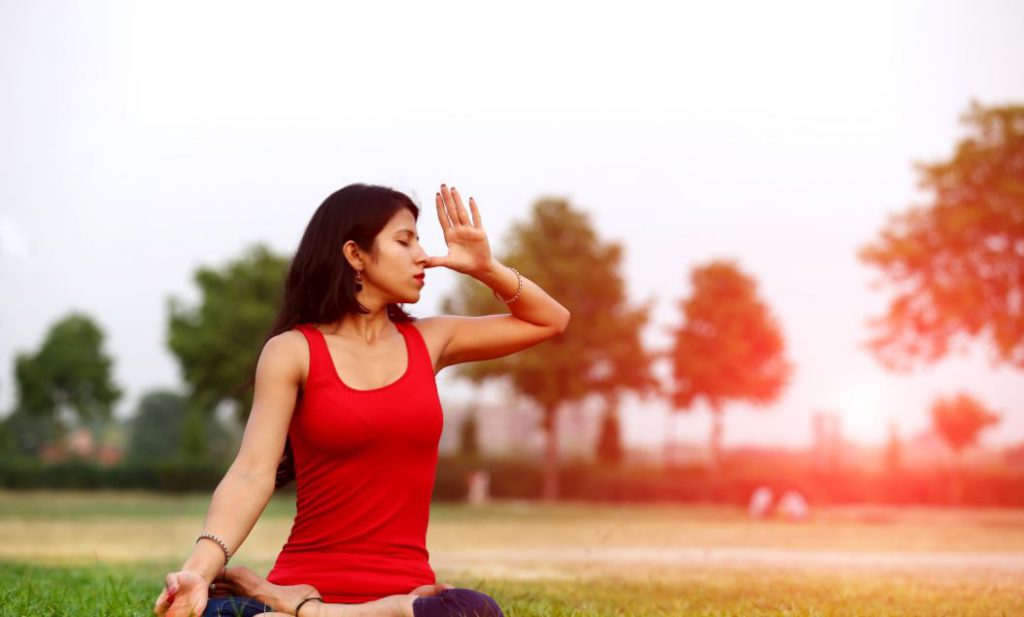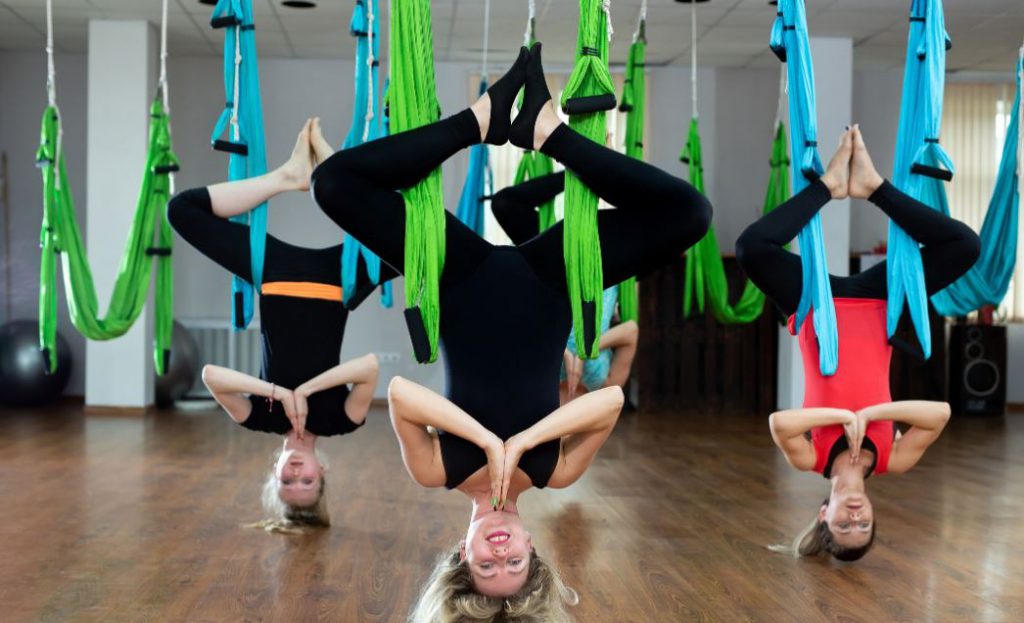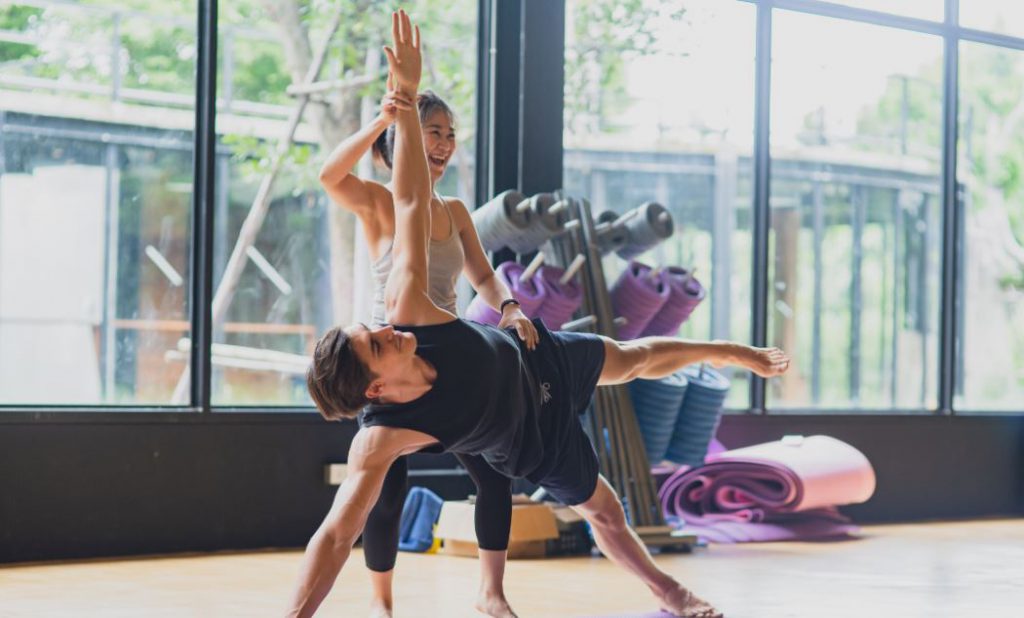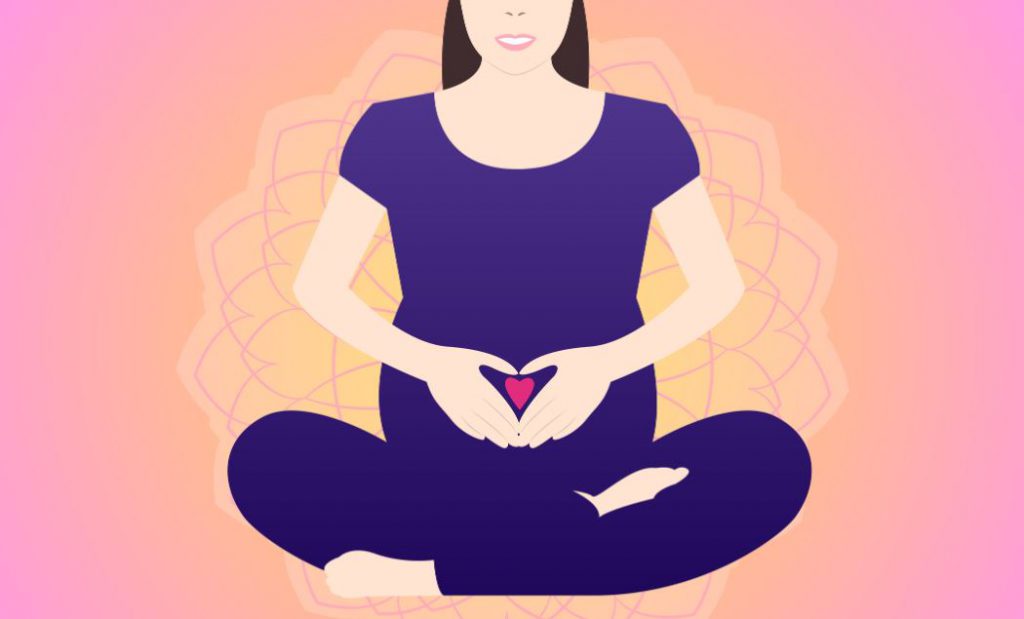8 Limbs of Yoga Summary: A Path to Holistic Well-being
Yoga, a profound philosophy with roots in ancient India, extends beyond physical postures. Patanjali’s 8 limbs of yoga provide a comprehensive guide for a purposeful life. These interconnected limbs form a transformative path, not limited to the yoga mat but influencing every aspect of an individual’s existence.
Yama: The First Limb
Yama, the ethical foundation of yoga, consists of Ahimsa (non-violence), Satya (truthfulness), Asteya (non-stealing), Brahmacharya (mindful energy), and Aparigraha (non-possessiveness). Practicing Yama fosters harmonious relationships and ethical living, encouraging individuals to navigate the world with compassion and integrity.
Niyama: The Second Limb
Niyama, personal observances, involves Saucha (cleanliness), Santosha (contentment), Tapas (discipline), Svadhyaya (self-study), and Ishvara Pranidhana (devotion). These principles cultivate self-discipline and spiritual growth on an individual level. Saucha encourages physical and mental purity, Santosha promotes gratitude and contentment, Tapas instills discipline, Svadhyaya encourages self-reflection, and Ishvara Pranidhana fosters devotion to a higher power, guiding practitioners toward inner balance and self-realization.
Asana: The Third Limb
Asana, commonly associated with physical postures, goes beyond flexibility and strength. It is a preparatory step for meditation, promoting overall physical health and mental focus. Asana encourages mindfulness, body awareness, and a harmonious connection between movement and breath. Through intentional and mindful movement, practitioners learn to align the body, enhance flexibility, and build strength, creating a foundation for deeper aspects of yoga.
Read More: Differences Between Hatha, Ashtanga, and Vinyasa Yoga
Pranayama: The Fourth Limb
Pranayama, the practice of breath control, involves regulating the breath to harness vital energy. Techniques such as Ujjayi, Kapalabhati, and Nadi Shodhana enhance mental clarity, emotional balance, and overall well-being. Pranayama allows individuals to connect with their life force, promoting a sense of calm and focused awareness. Regular practice cultivates respiratory health, reduces stress, and prepares the mind for meditation, facilitating a deeper exploration of the self.
Pratyahara: The Fifth Limb
Pratyahara, the withdrawal of the senses, marks a pivotal shift inward. Detaching from external stimuli, practitioners prepare for introspection and meditation. This limb encourages individuals to disengage from the sensory distractions of the external world, fostering a heightened awareness of inner experiences. By turning attention inward, practitioners cultivate a deeper connection with their thoughts, emotions, and spiritual essence, laying the groundwork for profound self-discovery.
Dharana: The Sixth Limb
Dharana, the practice of concentration, involves focusing the mind on a single point or object. This limb enhances mental stability, focus, and clarity. Through concentration techniques, practitioners develop the ability to control mental chatter and cultivate a calm, centered mind. Dharana serves as a stepping stone towards meditation, allowing individuals to harness their mental energies and direct them towards a specific point of focus. This focused attention promotes mindfulness and presence, facilitating a deeper exploration of the inner self.
Dhyana: The Seventh Limb
Dhyana, commonly known as meditation, is the natural evolution of concentration (Dharana). It involves sustained focus, often leading to a state of flow. Meditation techniques, such as mindfulness meditation and loving-kindness meditation, enable individuals to transcend the limitations of individual consciousness. Dhyana promotes inner stillness, heightened awareness, and a profound sense of peace. Regular meditation practice enhances mental clarity, emotional resilience, and spiritual growth, bringing individuals closer to a state of self-realization.
Samadhi: The Eighth Limb
Samadhi is the ultimate goal of yoga, representing a state of oneness and bliss. Achieving Samadhi involves transcending the ego and experiencing unity with the divine. This state is characterized by profound joy, inner peace, and a deep sense of interconnectedness with all of existence. While Samadhi is considered the culmination of the yogic journey, the practice of the 8 limbs is a continuous process that fosters personal growth, self-discovery, and a harmonious way of living.

The Interconnectedness of the Limbs
The true power of the 8 limbs lies in their synergy. While each limb has its unique significance, they are interwoven and complement each other. The ethical foundation laid by Yama and Niyama supports the physical practices of Asana and Pranayama, which, in turn, prepare the mind for the inward journey of Pratyahara, Dharana, Dhyana, and ultimately, Samadhi. This interconnectedness ensures a holistic approach to physical, mental, and spiritual well-being.
Benefits of Embracing the 8 Limbs
Embracing the 8 limbs of yoga yields multifaceted benefits. Physically, it enhances strength, flexibility, and overall well-being. Mentally, it cultivates clarity, focus, and emotional resilience. Spiritually, it fosters self-discovery, inner peace, and a sense of interconnectedness with the universe. By integrating these limbs into daily life, individuals can experience a transformative journey towards holistic well-being.
Read More: How to Do Yoga Inversions for Beginners
Incorporating the 8 Limbs into Daily Life
Practical integration of the 8 limbs into daily life is essential for reaping their benefits. Simple rituals, such as conscious breathing, mindful movement, and moments of introspection, can become powerful tools for cultivating a yogic lifestyle. By applying the principles of Yama and Niyama in daily interactions and incorporating the practices of Asana, Pranayama, and meditation, individuals can create a harmonious balance between the external and internal aspects of their lives.
Common Misconceptions about the 8 Limbs
Despite the profound nature of the 8 limbs, there are common misconceptions that can hinder understanding. Some may perceive yoga as solely a physical exercise, overlooking its deeper philosophical aspects. Clarifying these misconceptions is crucial for individuals to embrace the holistic nature of the 8 limbs and experience the transformative potential of yoga.
Testimonials: Real People, Real Transformations
Real-life stories of individuals who have embraced the 8 limbs of yoga provide inspiration and insight. These testimonials highlight personal journeys of physical, mental, and spiritual transformation. By sharing these narratives, readers can connect with the practical impact of the 8 limbs on diverse lives, fostering a sense of community and motivation for their own yoga journey.
The 8 limbs of yoga offer a profound and transformative path towards holistic well-being. From ethical principles to physical postures, breath control, and meditation, each limb plays a vital role in the journey of self-discovery. Embracing the interconnectedness of these limbs leads to enhanced physical health, mental clarity, emotional resilience, and spiritual growth. By incorporating the 8 limbs into daily life, individuals can cultivate a harmonious and purposeful existence, unlocking the full potential of yoga beyond the mat.
Frequently Asked Questions (FAQs)
-
Is yoga only about physical postures?
- No, yoga encompasses a comprehensive philosophy, including ethical principles, breath control, and meditation, extending beyond physical postures.
-
Can anyone practice the 8 limbs of yoga?
- Yes, the 8 limbs are accessible to individuals of all ages and fitness levels, promoting holistic well-being.
-
How long does it take to experience the benefits of the 8 limbs?
- The timeline varies, but consistent practice and integration into daily life can lead to noticeable benefits over time.
-
Are the 8 limbs of yoga religious?
- While yoga has roots in spiritual traditions, the 8 limbs can be embraced by individuals of diverse beliefs, focusing on personal growth.
-
How can I start incorporating the 8 limbs into my daily routine?
- Begin with simple practices like conscious breathing, mindful movement, and ethical considerations in daily interactions, gradually expanding your yogic lifestyle.



